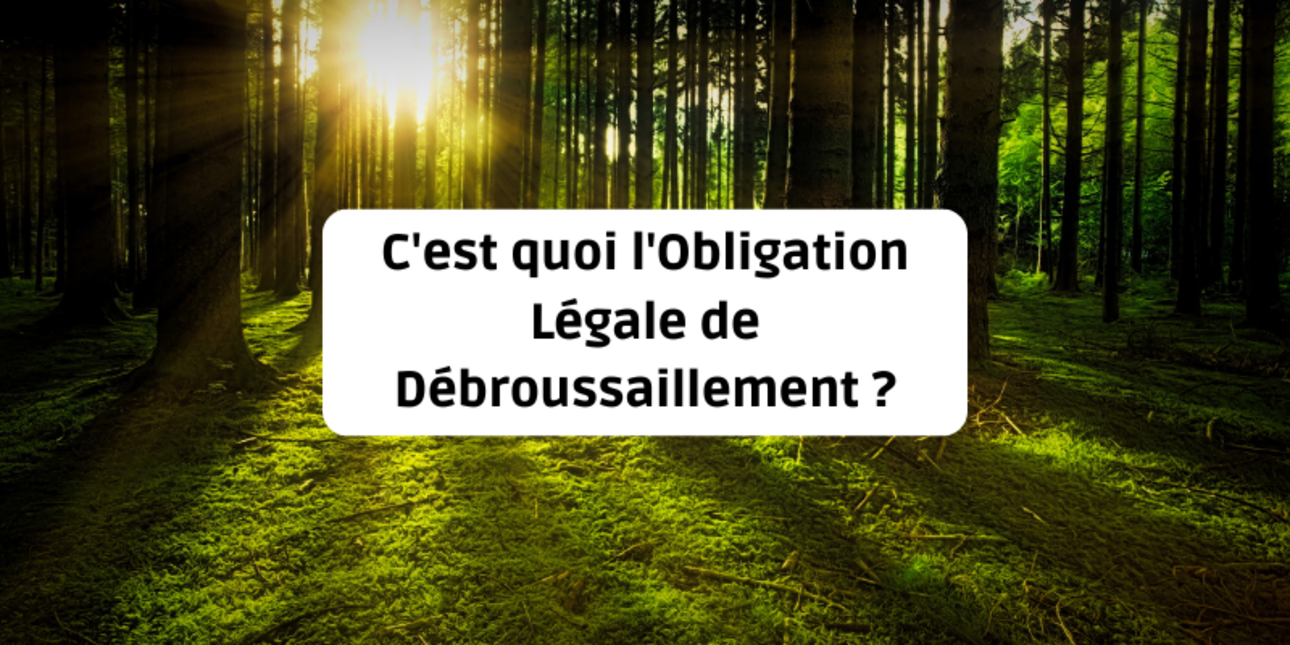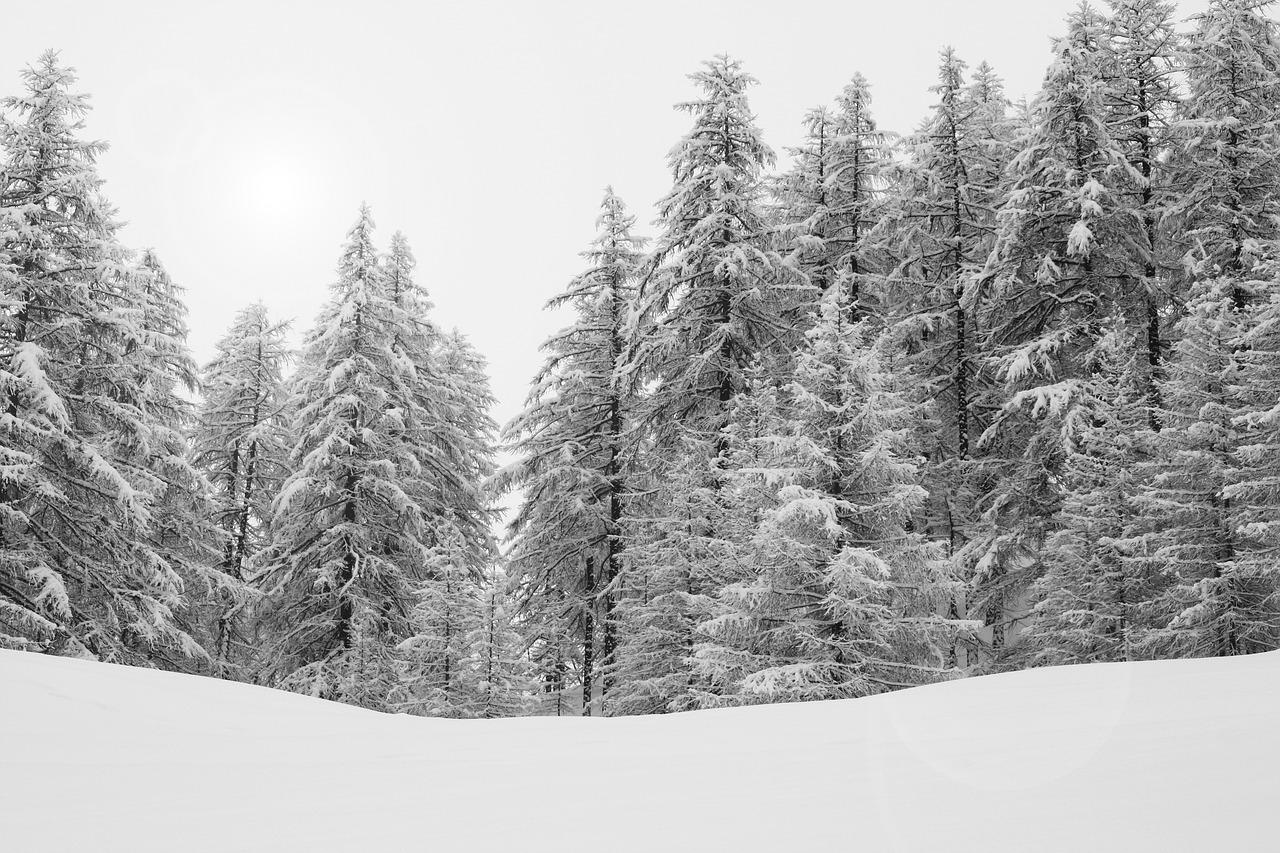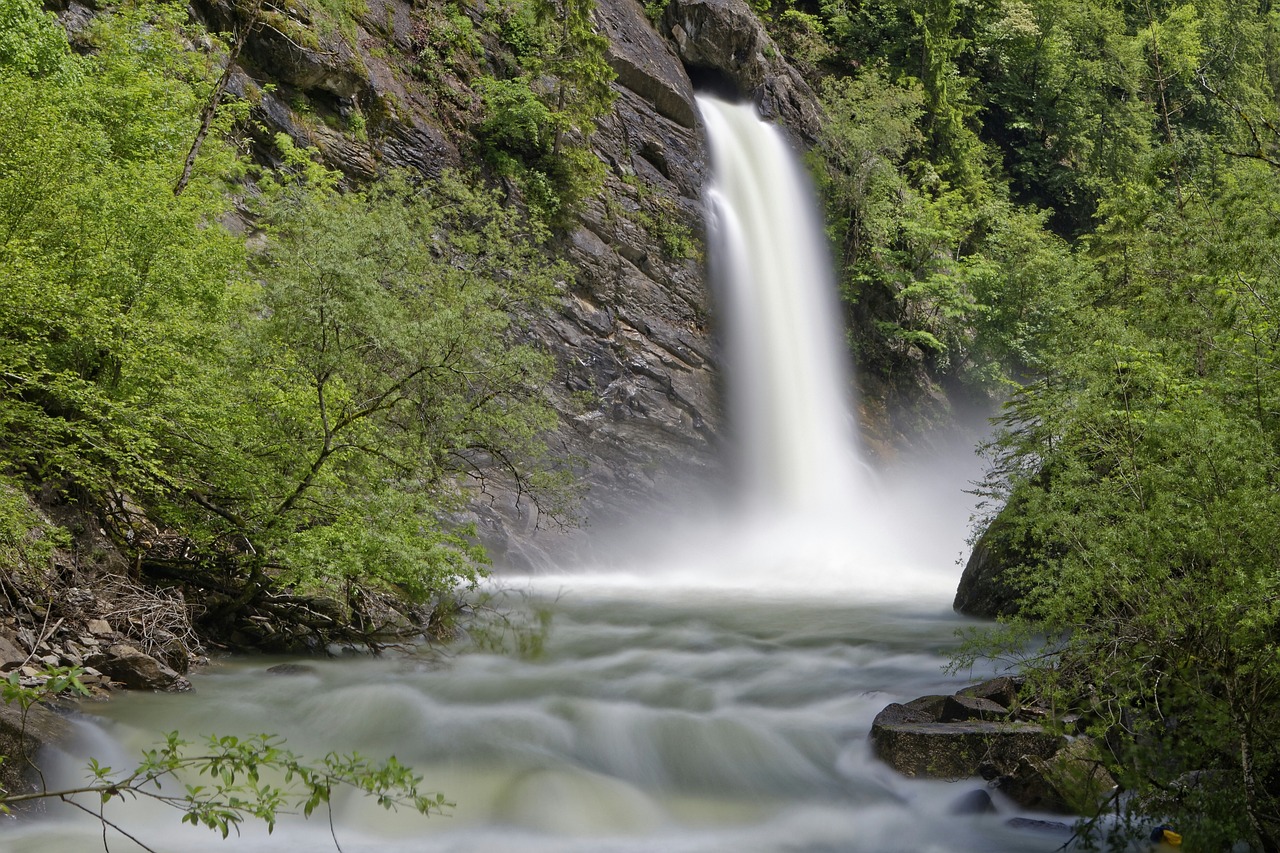
The Obligation Légale de Débroussaillement (OLD) is an essential measure in the prevention of forest fires in France. Its aim is to reduce the risk of fires spreading by requiring owners of land near wooded areas to keep their property clear of undergrowth.
This obligation, which is enshrined in the Forestry Code, applies to both homeowners and forest owners, and applies in many French departments, particularly those at risk of fire.
This article explains how these regulations work, and in particular what they mean for buyers looking to buy a forest.
Scrub clearance, as defined by the French Forestry Code, involves reducing the mass of combustible vegetation in order to reduce the intensity and spread of fires. This involves cutting low vegetation, pruning trees and removing plant debris.
The main objectives of the OLD are :
The OLD applies to land located within 200 metres of woods and forests. The owners concerned are :
It is important to note that the obligation to clear undergrowth falls on the owner of the building to be protected, even if the work extends beyond the limits of his property. In non-urban areas, this obligation can extend up to 50 metres from the dwelling, or even 100 metres by decision of the mayor.
The legal responsibility for clearing undergrowth lies with the owner of a forest estate, even if the property is rented out.
The OLD must be carried out on an ongoing basis, without waiting for a specific date. However, it is recommended that brush clearance work is carried out before the summer season, when fires are most likely to occur.
The owner responsible must :
It is vital to keep the land clear of undergrowth throughout the year. Work must be repeated as often as necessary to ensure the safety of property and people.
Clearing undergrowth involves reducing the mass of combustible vegetation by guaranteeing a break in the continuity of the plant cover. The operations to be carried out include
Specific techniques may vary depending on the type of vegetation (scrub, garrigue, moorland) and the characteristics of the land. It is advisable to consult your local council or prefecture for precise information on the techniques to be used and the most appropriate times to carry out this work.
The DLO raises a number of questions and challenges:
Failure to comply with the DLO may result in penalties:
Checks are generally carried out by agents of the Office National des Forêts (ONF), rural wardens or municipal police. The mayor is responsible for monitoring compliance with the obligations set out in this article.
The law of 10 July 2023 strengthened fire prevention and fire-fighting measures. From 1 January 2025, information on the OLD will have to appear in property advertisements for properties located in the zones concerned.
In addition, sellers will have to attach to the deed of sale a sworn statement that they have cleared the undergrowth or will continue to do so.
The aim of these new provisions is to raise awareness among potential buyers and make current owners more responsible.
If you are looking for a country house for sale, or if you are selling a farmhouse located near a wood, here are some points to bear in mind when planning your project:

If you have a forest to sell or are interested in buying a wood or forest, this obligation has far-reaching consequences:
For detailed information on the OLD in your region, there are several resources available:
The Obligation Légale de Débroussaillement (legal obligation to clear undergrowth) is a crucial element in forest fire prevention. It implies a shared responsibility between landowners and local authorities to maintain at-risk areas in a condition that limits the spread of fires. Although restrictive, this measure is essential to protect people, property and the environment from the increasing risk of fire.
For owners and future buyers of property in rural areas, the DLD represents both a responsibility and an investment in safety. It requires constant vigilance and integration into the day-to-day management of the property. However, by contributing to collective protection against fires, it also helps to preserve the value of the natural and built heritage.
It is vital to keep abreast of changes in the regulations and local conditions relating to LTOs. Collaboration between neighbours, forest owners and local authorities is essential if this obligation is to be implemented effectively, in the interests of everyone and the protection of our forest environment.